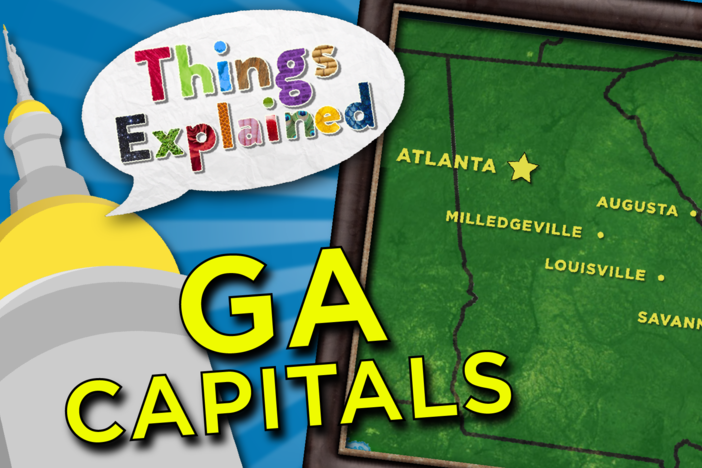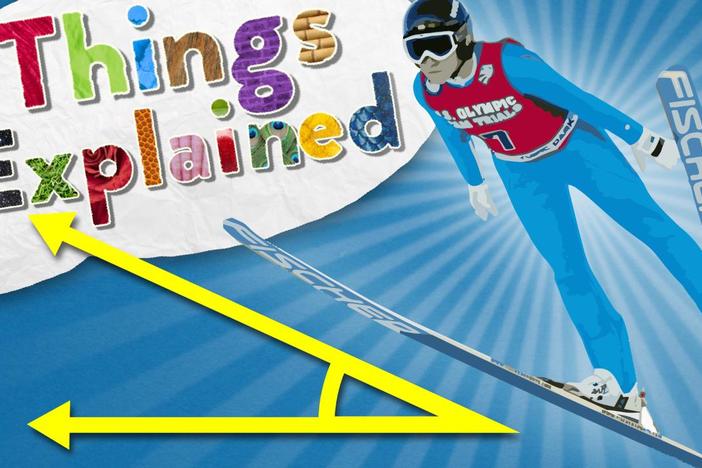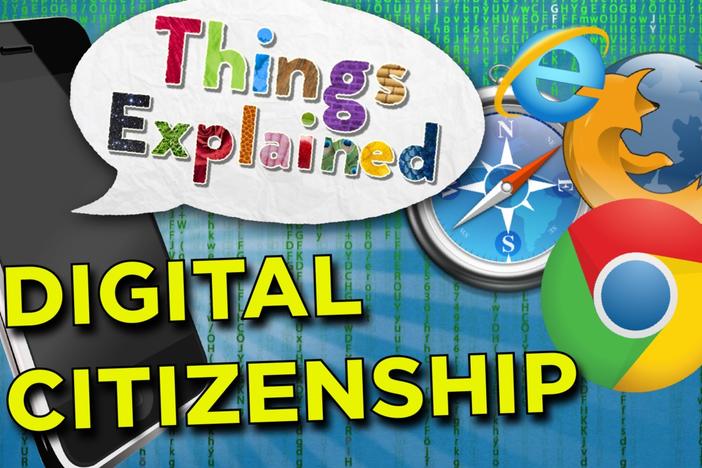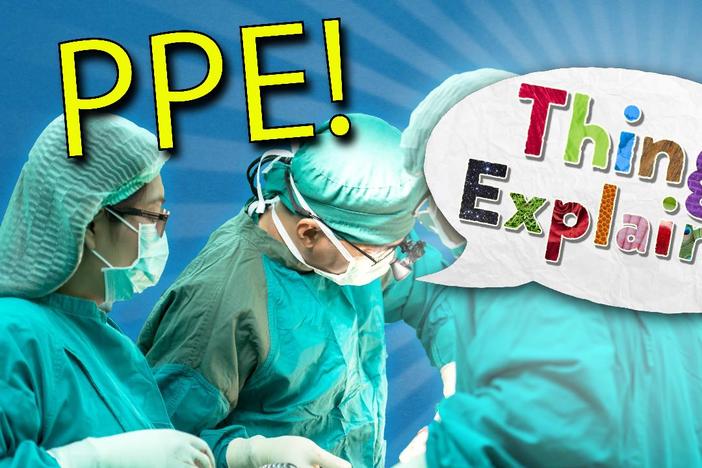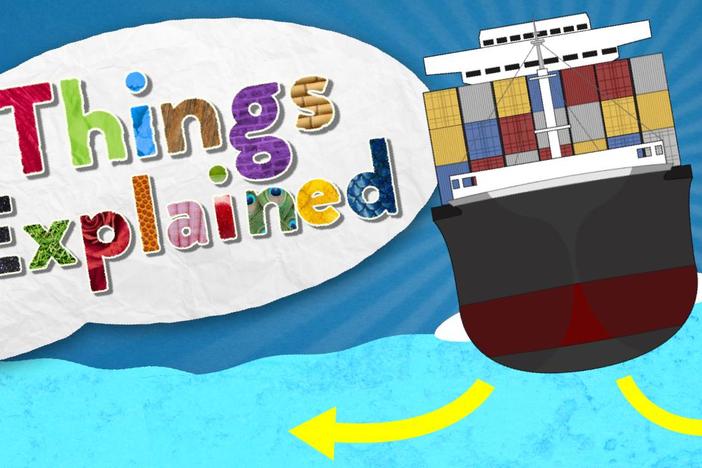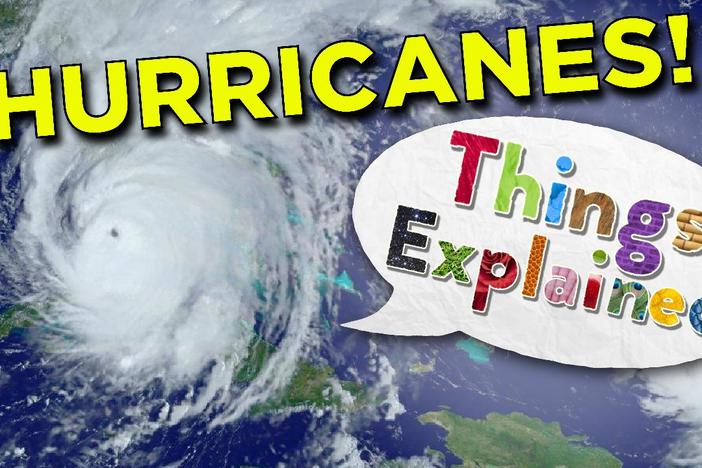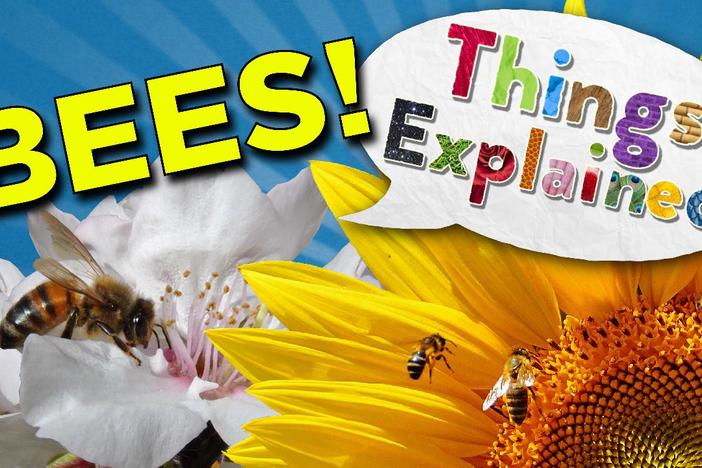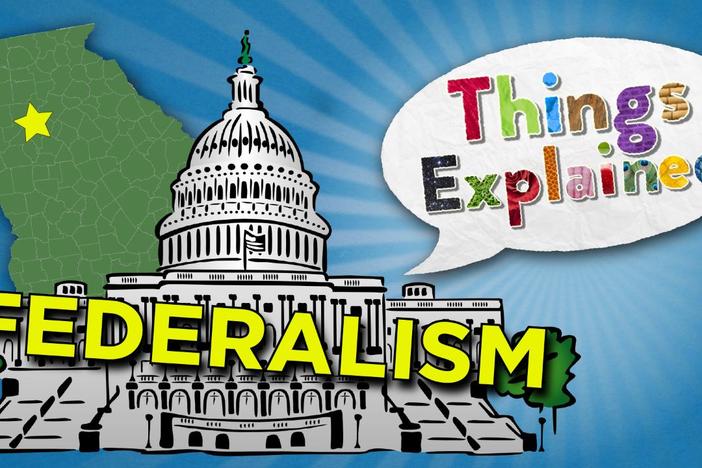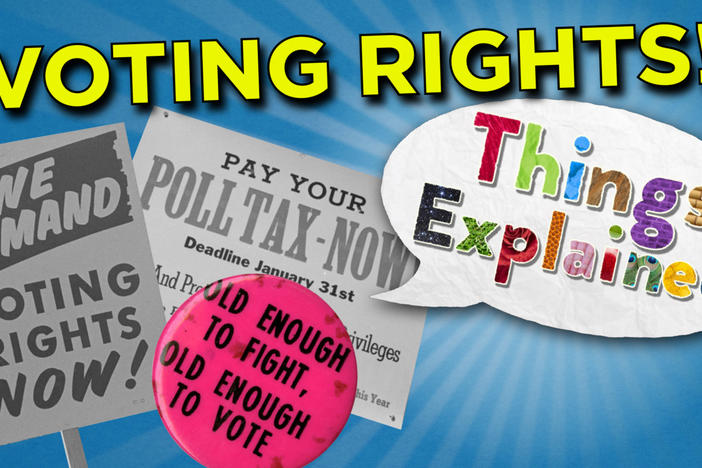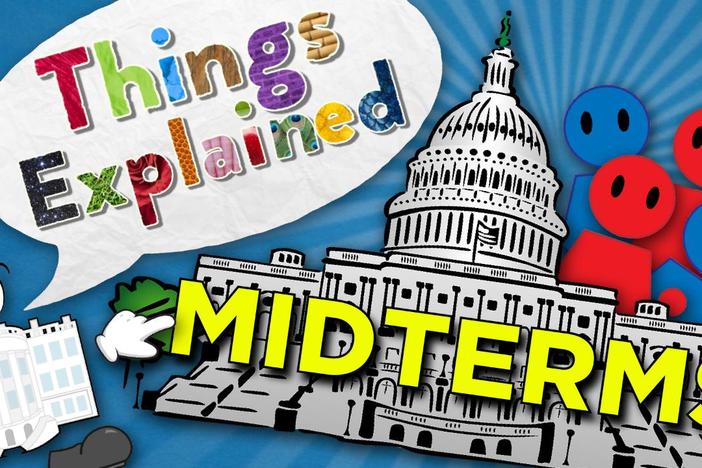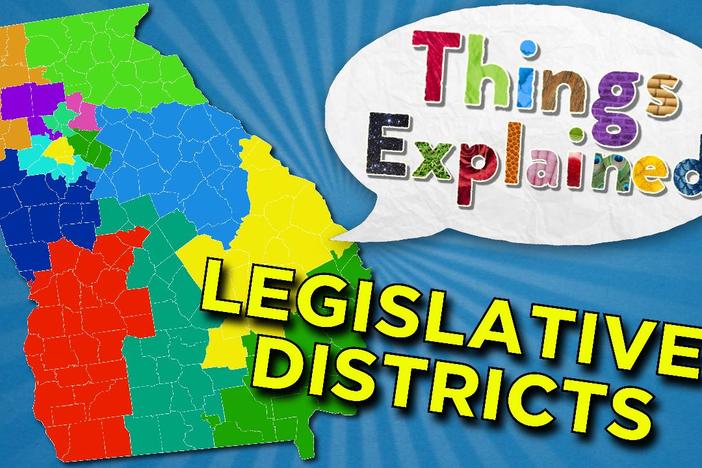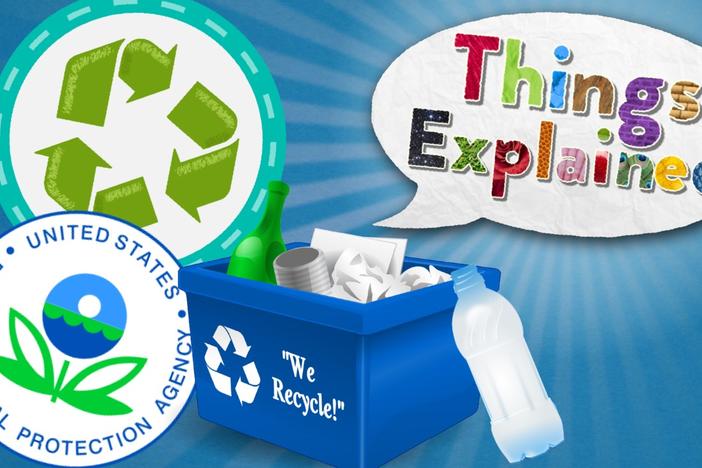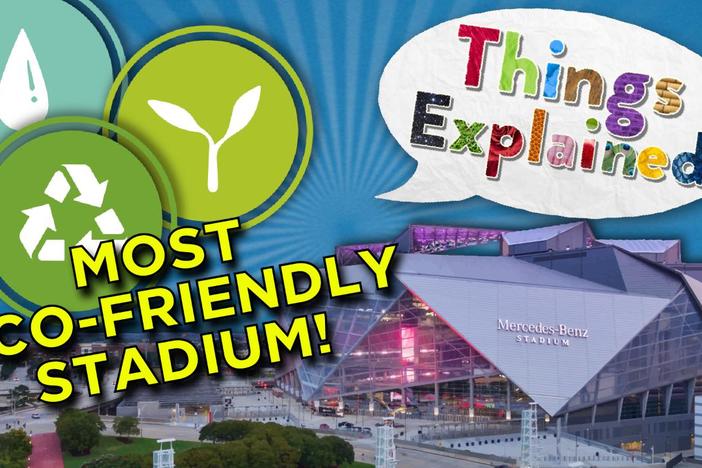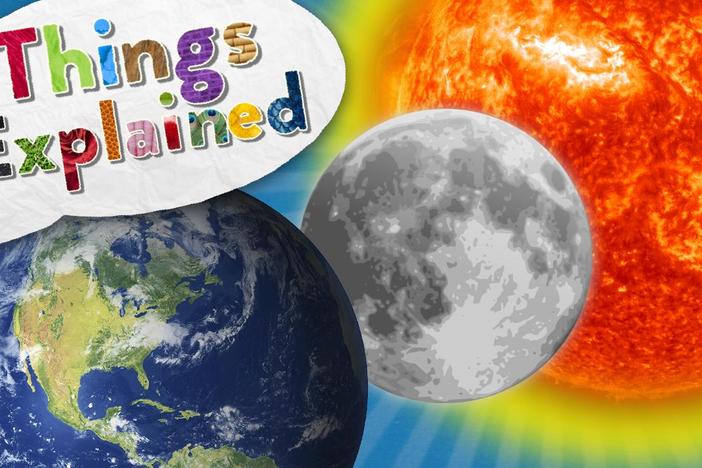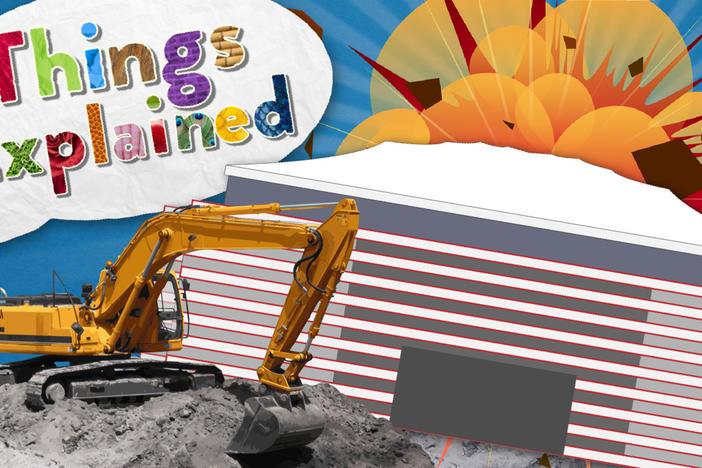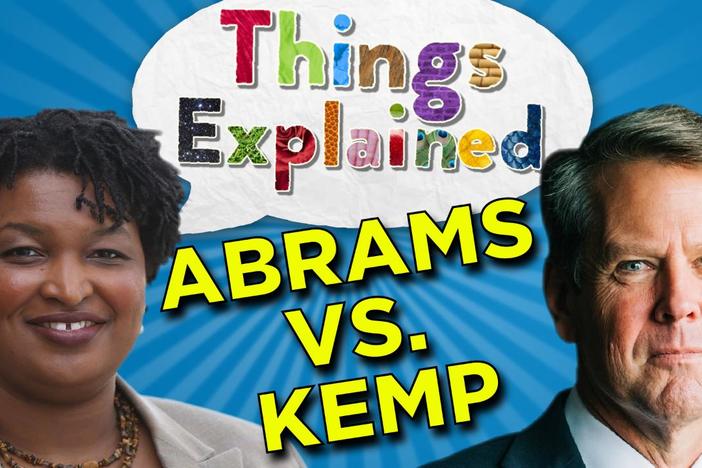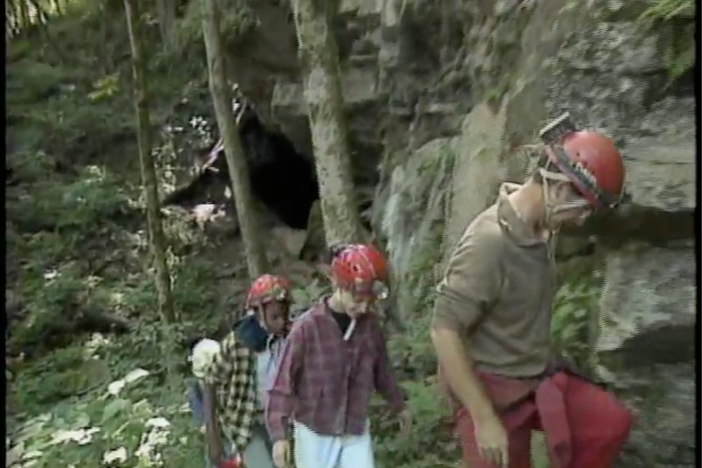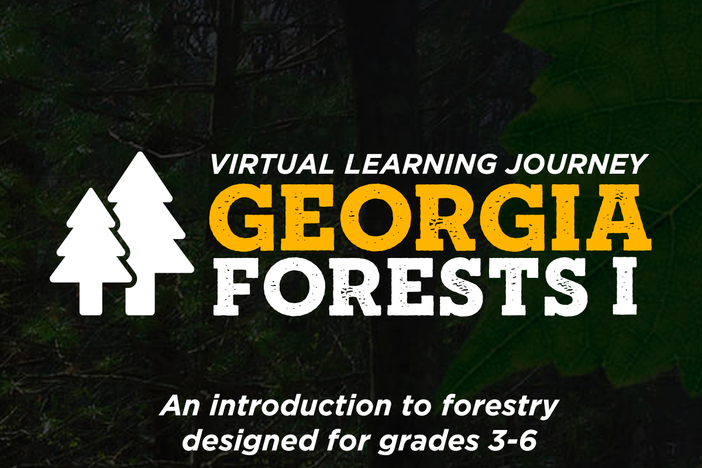Are You Recycling Correctly?
We all want to protect Mother Nature by recycling, but it's important to recycle correctly. In this episode of Things Explained, we explore commonly accepted items for curbside recycled and items that usually end up in the landfill. We also share ways you can help reduce and reuse to cut back on pollution!
Are You Recycling Correctly?
We all want to protect Mother Nature by recycling, but it's important to recycle correctly. In this episode of Things Explained, we explore commonly accepted items for curbside recycled and items that usually end up in the landfill. We also share ways you can help reduce and reuse to cut back on pollution!
Science
Obtain, evaluate, and communicate information about the effects of pollution (air, land, and water) and humans on the environment.
Ask questions to collect information and create records of sources and effects of pollution on the plants and animals.
Explore, research, and communicate solutions, such as conservation of resources and recycling of materials, to protect plants and animals.
Design and evaluate solutions for sustaining the quality and supply of natural resources such as water, soil, and air.
Develop a model to describe the cycling of matter and the flow of energy among biotic and abiotic components of an ecosystem.
Analyze and interpret data to provide evidence for how resource availability, disease, climate, and human activity affect individual organisms, populations, communities, and ecosystems.
Obtain, evaluate, and communicate information to investigate the flow of energy and cycling of matter within an ecosystem.
Obtain, evaluate, and communicate information about the effects of human population growth on global ecosystems.
